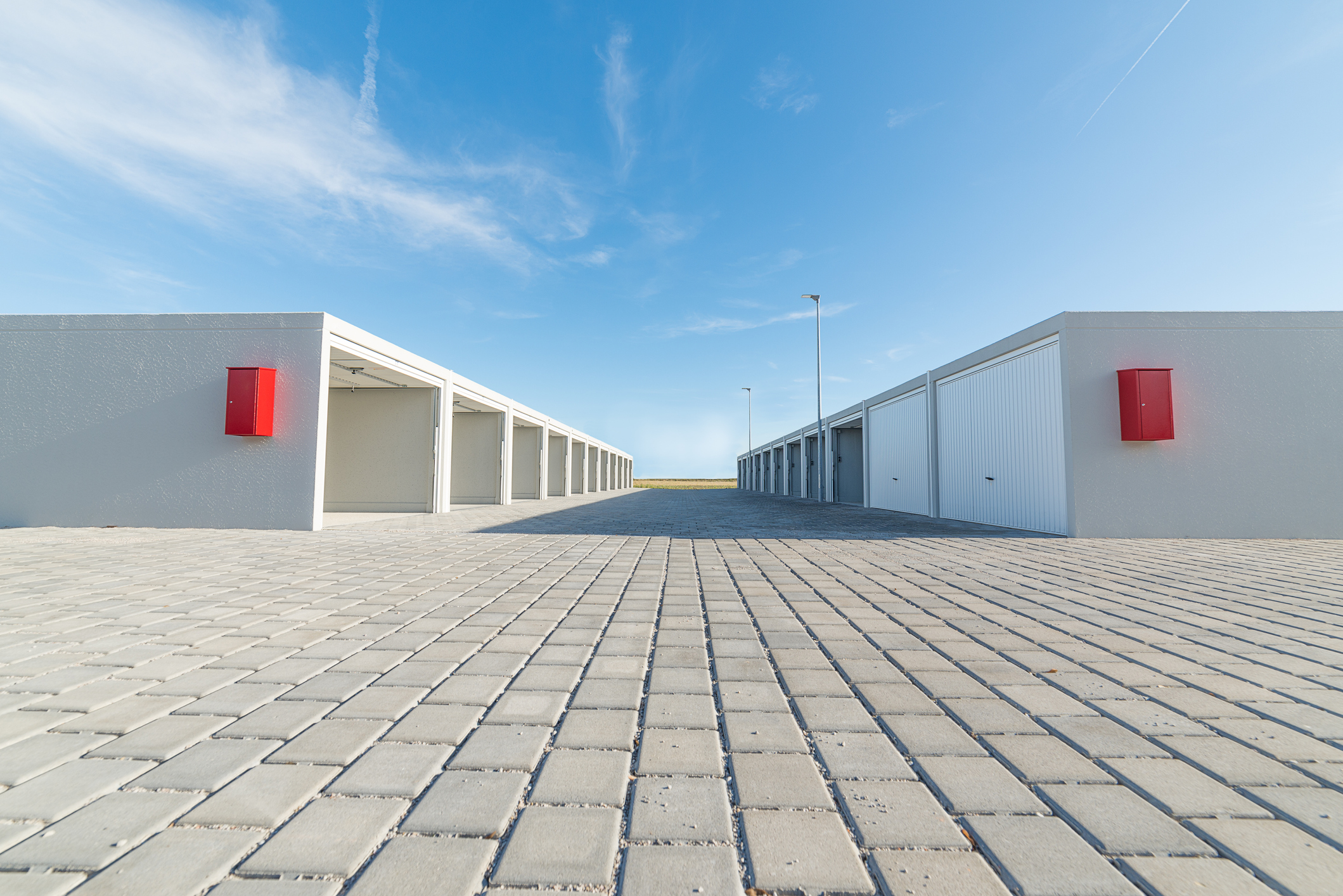
Climate-Controlled Storage: The Great Debate
Development of high-end self storage properties is on the rise, and so is the proliferation of climate-controlled storage units – or some version of them at least. What many owners and operators don’t know however, is that self storage units must meet very specific requirements to constitute as climate controlled. It is common throughout the industry for facilities to bill their properties as climate controlled when really, they are only heated or air conditioned. But advertising them that way can be costly.
Here’s what you need to know before hitting the publish button on your website or digital ads.
What is Climate-Controlled Storage?
Unlike a traditional storage unit, climate-controlled storage units are maintained within a set temperature – typically 60 to 80 degrees Fahrenheit – and humidity range – roughly 55 percent. The purpose of this is to control the moisture content within a unit, making it better for storing artwork, photographs, upholstered furniture, electronics, and more. This is especially important in environments with temperature swings of greater than 20 degrees, or facilities that have been built with southern-facing exposure.
Most self storage properties offering climate-controlled units are equipped with a quality heating, ventilation and air-conditioning (HVAC) system, industrial-grade dehumidifiers, customizable thermostat, and feature insulation both inside and outside the unit.
The Other Guys
Now that you know how much work goes into developing a climate-controlled storage facility, you can understand why it is important to be accurate in the types of units you promote. Here is a breakdown of three different types of units that are often confused with climate controlled:
- Temperature-Controlled Storage – Unit may be heated and cooled, but no efforts are made to monitor relative humidity.
- Heated Storage – Commonly found in cooler climates, these units are heated to ensure stored items do not freeze,
- Air-Conditioned Storage – Most common in warm climates, these units feature air conditioning that kicks on at a certain temperature.
The Importance of Being Specific
As we alluded to earlier, advertising your facility as climate-controlled when it is not can be costly. Customers who lease a climate-controlled storage unit enter into that contract believing that the interior temperature and humidity levels of their units will be maintained within a specific range – overheating, freezing, and warping due to condensation are all signs that it has not been. If your website, digital ads, or your employees make guarantees regarding the safety or security of belongings stored in one of these units (or even commit to specific numbers regarding heat and humidity), legally, you may be held liable by these claims.
The key is to not make any specific promises around the conditions inside your facility and only speak in broad-base terms. As a best practice, you should also update lease agreements with your company’s definition of “climate controlled” and be sure to review that the standard, non-liability language in your contracts is up-to-date*.
*Speak with professional legal council for best practice recommendations.
G5: Serving the Self Storage Industry Since 2005
G5 has been working with self storage marketers for 13 years. Throughout our time in the industry, we have been dedicated to ensuring our clients’ success. While we will always do our best to put you in position to succeed by driving qualified leads to your website, we understand that converting those leads into leases can be a challenge. That’s why we’ve written a new white paper How to Turn Digital Marketing Leads into Leases.
Get News, Articles & Updates in Your Inbox
Thank You for Your Interest
We will be in contact soon and look forward to learning more about you and your company. Based on your marketing challenges, we’ll discuss increasing visibility into your analytics and how to generate more and better leads so you can achieve your marketing goals.
In the meantime, we invite you to check out our checklist on website accessibility. Use this checklist to start assessing the baseline accessibility of your website.
Enjoy! We’ll be in touch very soon.
